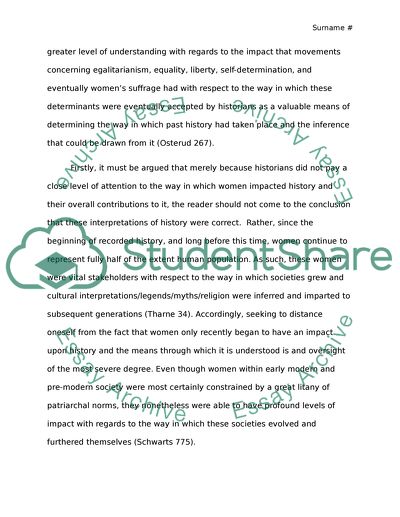Cite this document
(“When and why did historians become interested in the history of women Essay”, n.d.)
When and why did historians become interested in the history of women Essay. Retrieved from https://studentshare.org/history/1488291-when-and-why-did-historians-become-interested-in
When and why did historians become interested in the history of women Essay. Retrieved from https://studentshare.org/history/1488291-when-and-why-did-historians-become-interested-in
(When and Why Did Historians Become Interested in the History of Women Essay)
When and Why Did Historians Become Interested in the History of Women Essay. https://studentshare.org/history/1488291-when-and-why-did-historians-become-interested-in.
When and Why Did Historians Become Interested in the History of Women Essay. https://studentshare.org/history/1488291-when-and-why-did-historians-become-interested-in.
“When and Why Did Historians Become Interested in the History of Women Essay”, n.d. https://studentshare.org/history/1488291-when-and-why-did-historians-become-interested-in.


